Update: check out our full review of the Olympus 8mm f/1.8 Fisheye!
The 8mm f1.8 Fisheye was the second lens announced by Olympus today. As with the 7-14mm, we received it just before heading to London for our third photo walk. As coincidence would have it, Heather’s father and his Welsh male voice choir were singing at the Royal Albert Hall on the very same day, so we had a lovely ride on the bus down to London with him and the other members of the Côr Meibion Bro Dysynni. During the 7-hour journey through the UK countryside, we tried to take as many pictures as possible with the lens.
This 8mm Fisheye lens is the first in the world to have a fast aperture of 1.8. It is the third Fisheye lens designed for the Micro Four Thirds system in addition to the Lumix 8mm f/3.5 and Samyang 7.5mm f/3.5. As explained in the first gallery, which shows the capabilities of the 7-14mm, we decided to postpone our review so that we can spend more time with the lenses and put them through their paces in Canada. Here you will find lots of image samples taken with the M.Zuiko 8mm Fisheye to give you an idea of what it is capable of.
Reminder: Also check out our Olympus 7-14mm f/2.8 gallery!
[expand title=”The M.ZUIKO DIGITAL ED 8mm Fisheye 1:1.8 PRO Specs”]
- Focal length: 8mm
- Focal length (equiv. 35mm): 16mm
- Maximum aperture: 1.8
- Minimum aperture: 22
- Number of aperture blades: 7 rounded
- Angle of view: 180°
- Closest focusing distance: 2.5cm
- Lens configuration:17 elements / 15 groups
- Special elements: 3 Super ED, 1 Aspherical, 2 ED, 1 Super HR and 2 HR elements
- Lens surface coating: Yes (Zero Coating)
- Maximum image magnification: 0.2x (max.)
- Optical Image Stabilizer: None
- Dimensions: φ62 Ø, 80 mm
- Filter diamater: None
- Weight: 315g
[/expand]
First impressions of the Olympus 8mm Fisheye
Below you can find a summary of the most interesting characteristics of the lens as well as our first impressions:
- Build quality: Excellent like the other Pro lenses
- Size/Weight: Compact and lightweight.
- Ease of use: Includes the focus ring only (no clutch mechanism).
- Optical performance: Minimum focus distance is 2.5cm. With the 1.8 aperture you can create a nice shallow depth of field despite the extreme wide angle.
- Optical quality: Good sharpness at f/1.8. Minimal chromatic aberration and excellent resistance to flare.
- Accessories: No filter thread. Olympus also released the PPO-EP02 Compact Waterproof Dome Lens Port to be used with the PT-EP11 or PT-EP8 body housings for underwater shooting.
- Price and availability: Retail price is €849 and the lens should be available from June 2015.
Below you can check out our new hands-on video about the two Pro wide angle lenses. You can skip to minute 5.50 for the 8mm fisheye lens. The video includes some video samples taken with the E-M5 mark II.
You can also check out many sample images that I’ve divided by genre. Make sure to scroll to the end to find some Raw and OOC JPG samples to download.
Don’t hesitate to leave a comment with your impressions at the end of this article!
Table of Contents
Landscapes






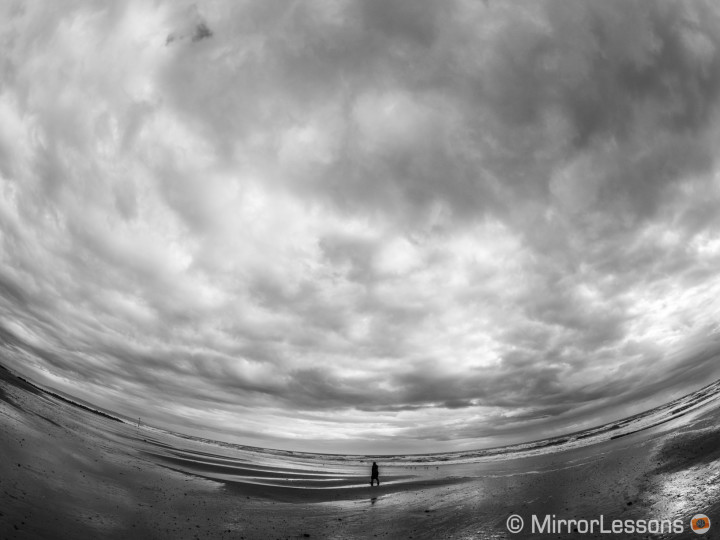
Architecture
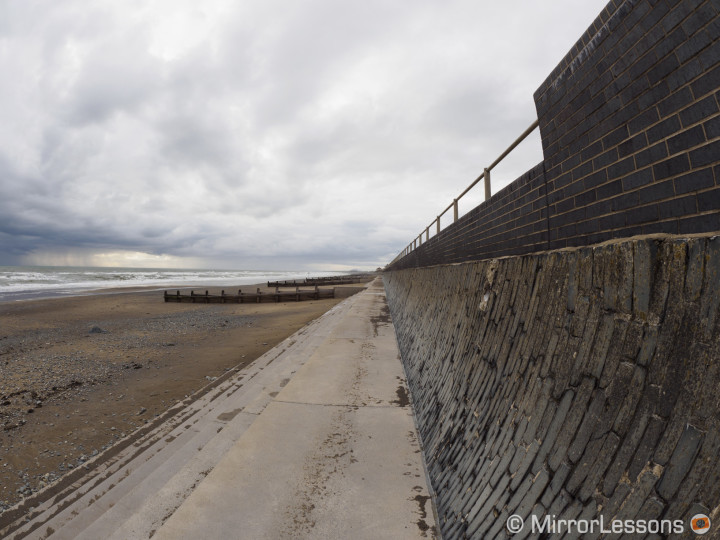

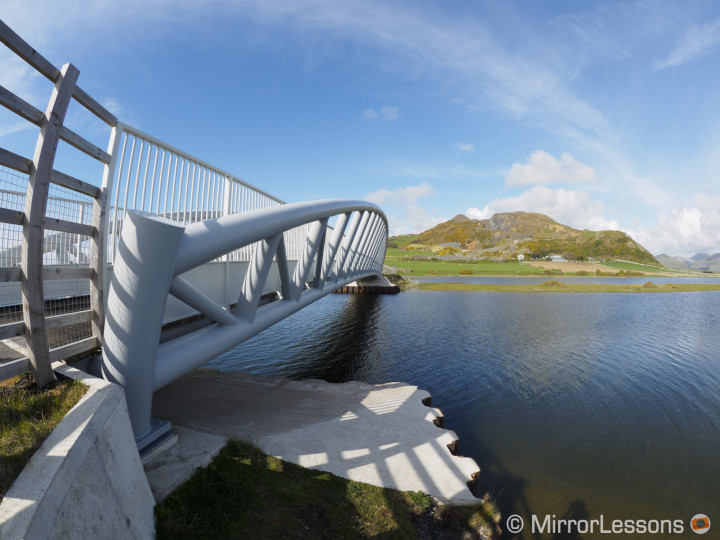






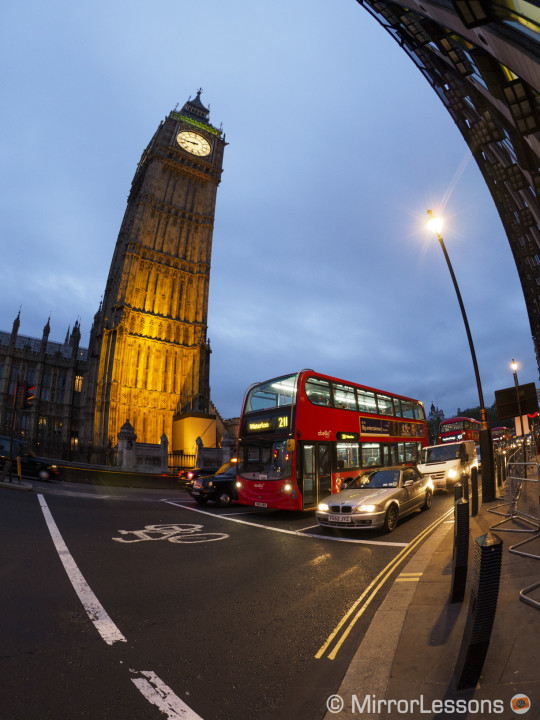

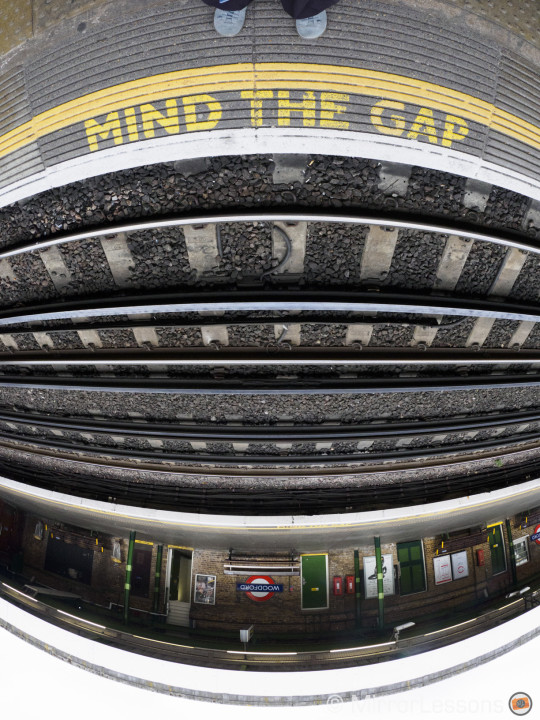
Interiors
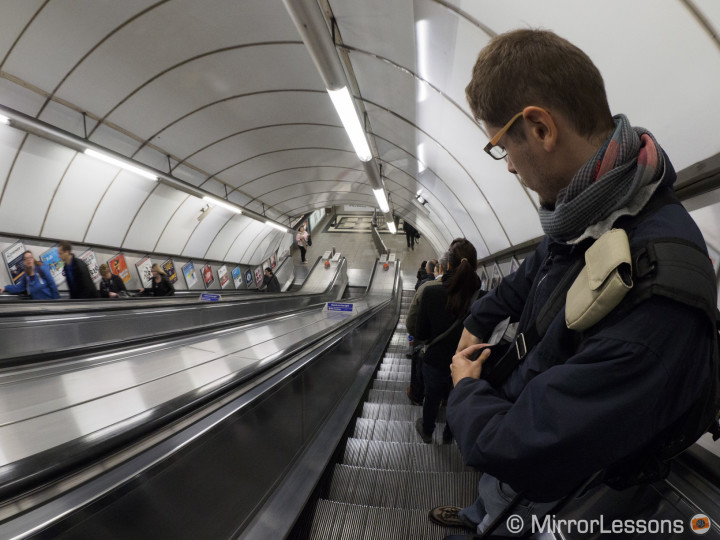

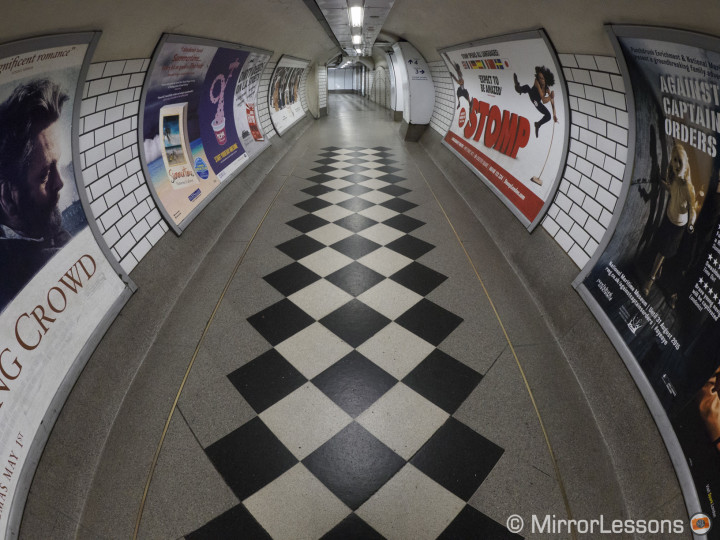
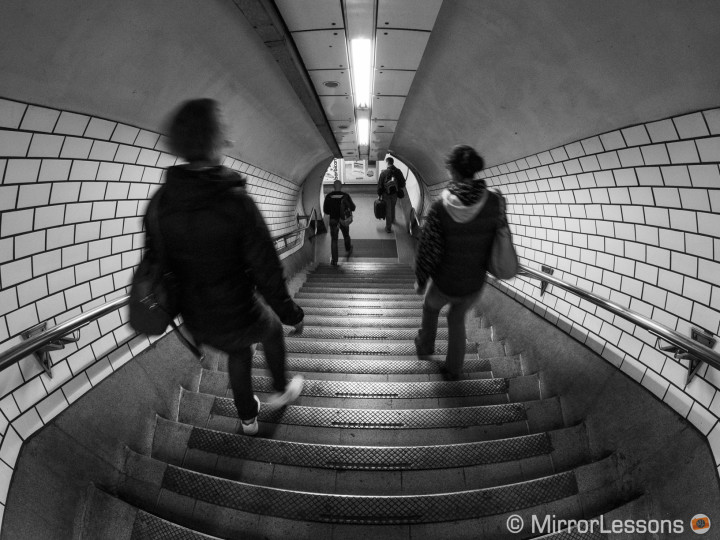
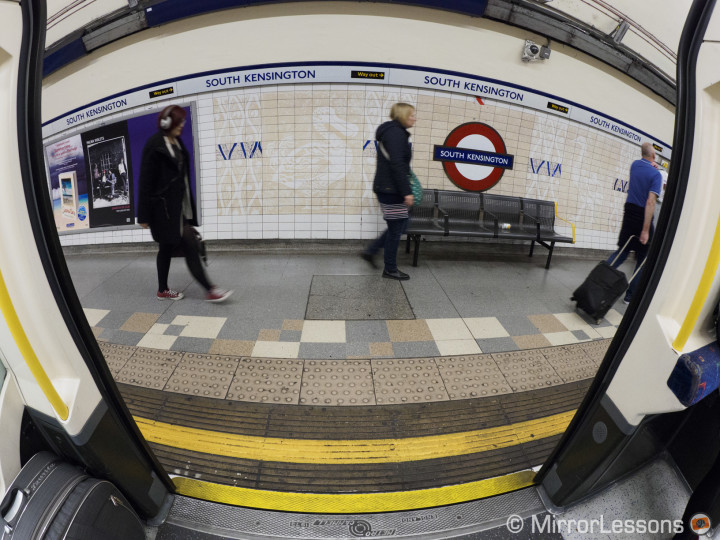


Close distances







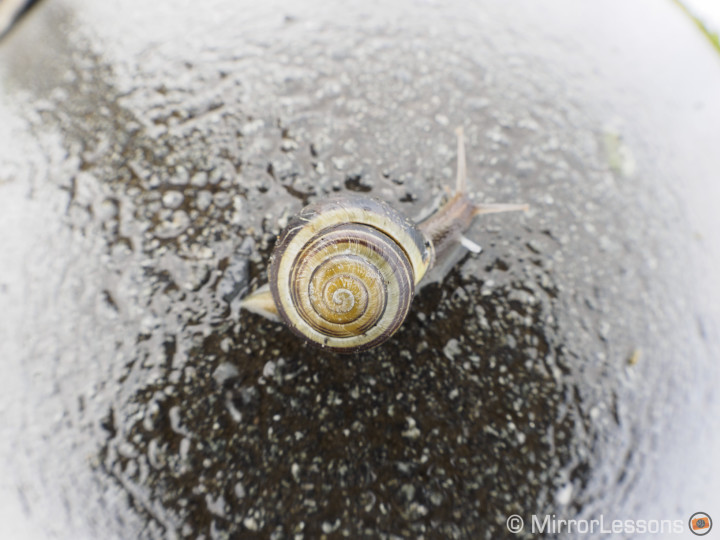
Various






Will do! 😉
please check out the performance of the de fish function of Olympus free image processing software on the 8mm fisheye lens images.
thanks in advance
j.E.
Oh my goodness – I’m very glad you mentioned this. When I took this photo, I made sure that I didn’t move an inch so as to maintain my composition, and I also used the LCD, as I find I can be more accurate in these situations. I wouldn’t put it past myself to do something silly however!
They can in fact be quite dangerous. A friend of mine was shooting with one on a station platform and because looking through them makes you think you have more room than you actually have, you get a false impression of your surroundings. He stopped looking through his viewfinder, got completely disorientated and fell onto the tracks! Fortunately he escaped with bruises. Same thing happened to me photographing a river standing on a fishing platform. I (and my camera) very nearly ended up getting soaked and I still don’t know how I didn’t fall in. They should come with a health warning, don’t stand too close to the edge!!
Thank you, Klaus! We’ve arrived safe and sound.
The 1.8 aperture and close focus distance is a very welcome addition for certain applications. I’m even thinking of giving it a try with the larger butterflies at the conservatory we’re planning to visit later on in the holiday!
Thank you! It was an opportunity I couldn’t miss. 🙂
I agree, they can get boring and rather cliché but as you’ve pointed out, they have their practical applications as well. Now that their MFT lens line-up is nearly complete, it is clear that Olympus and Panasonic are now targeting the smaller niches of photography with lenses like this.
I quite enjoy fisheye lenses but I couldn’t imagine carrying one around at all times. I’d have to have a specific project in mind, such as the series of London tube photos I took for this article. I’d be interested to see the heavy metal band shots you took!
Preston, I did not say that a faster lens is useful due to ability to shoot handheld. I agree that in generall this kind of lens are very usable also when using a longer shutter speed – even if you have a non IBIS gear like my Panasonic.
Instead I was thinking about motion blur due to fast action. Just look at photos like this one:
https://flic.kr/p/q8rtXL
or this one, where the shooting player would have much more sharpness with a faster lens:
https://plus.google.com/108705427270362498472/posts/Rc9xkMHpCSq
(PS @ Heather & Mathieu: Please forgive me that this thumbnail appeared here. I just wanted to show an example)
Oooh … of course I wanted to say “snail” instead of “snake”. Sometimes I am really getting crazy about this “auto completion” on devices 😉
I’m always a bit skeptical about fisheyes, but I have sold quite a few images taken with them. Particularly close-ups which they seem to suit. Interesting for video as well. I once shot a heavy metal band using one and they loved it. Not sure whether that’s a recommendation or not!!
Just want to mention that you don’t need a fast fisheye to shoot sharp handheld indoor shots. By the standard of 2x focal length for min shutter speed, this would allow 1/15 sec, but then add in the 3 stops of IBIS from the Olympus bodies and you can shoot down to 1/2 sec without blur. Not many interior situations really require 1/2 sec if you shoot at f/3.5 on the Samyang (which, despite it’s low price, blows away the Panasonic fisheye in sharpness, flare resistance, etc.). The f/1.8 is much more useful for under water and night sky photography.
In my experience, fisheyes pics per se quickly get boring at some time, even if the lens might be one of the, if not the best fisheye lens for M43.
But these lenses prove useful for taking raw images for full spherical panoramas. For this case -and if the F1.8 is not needed- The cheap Samyang 7.5mm easily does the job, in my opinion; and it also might be the less pricey altewrantive for the ones, who want to sometimes only use a fish eye.
I think, this lens really is a winner for divers (with the new camera housing available), with the wide field of view and fast lens to be taken underwater … if I’d do diving, maybe I’d consider buying the whole m43 stuff with that lens again 🙂
I love the “Mind The Gap” photo, great use of the fisheye!
WOW, these images are great! This lens has a lot of use cases – espacially as it is a fast one with f/1.8 and therefore very well prepared for indoor usage (Oh, I am getting jealous when thinking about using it at my basketball games ….). It helps showing how narrow the tunnels at the underground are, how wide the beach can be and how large the world in a snakes view might be.
Have a good and safe trip to Canada! 😉